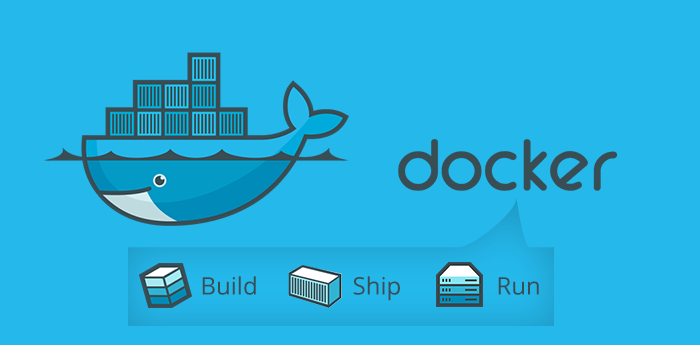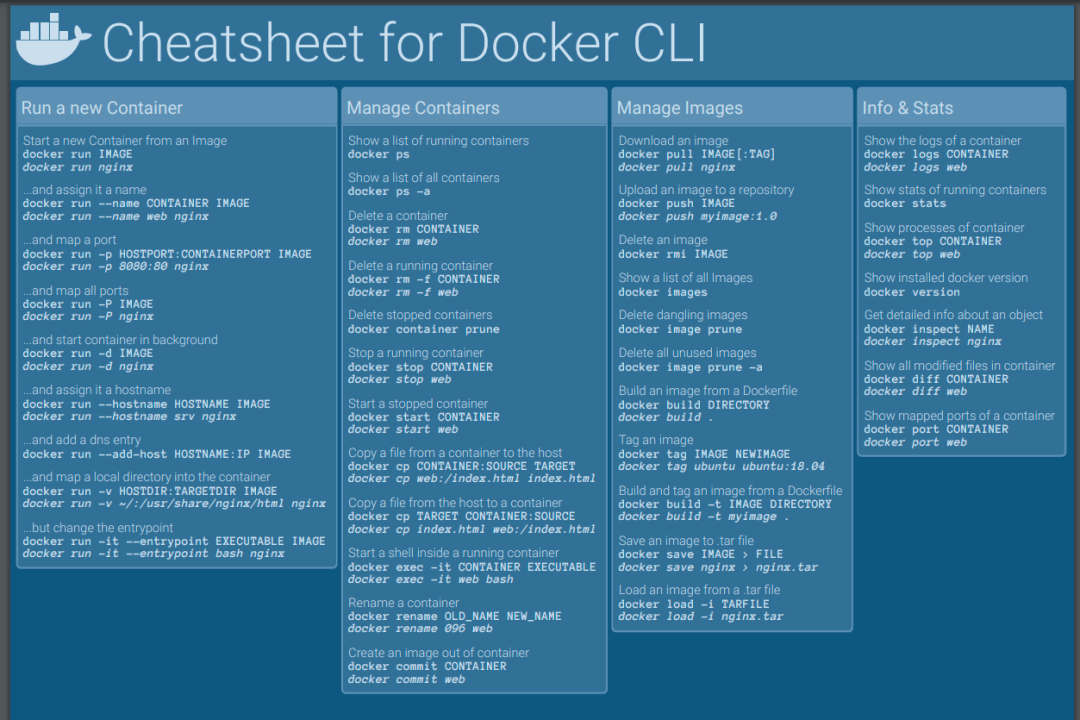Docker Mastery: Essential Guide to Commands, Dockerfiles, Images, and Containers
 SWATHI PUNREDDY
SWATHI PUNREDDY
Introduction: Docker has revolutionized software development and deployment, providing developers with a powerful toolset for packaging and deploying applications using containers. In this guide, we'll explore the fundamentals of Docker, including essential commands, Dockerfiles, Docker images, and containers, as well as advanced commands to further enhance your Docker skills.
1. Understanding Docker: Docker is an open-source platform that enables developers to package their applications and dependencies into containers, ensuring consistency and portability across different environments.
2. Basic Docker Commands:
docker run: Create and start a new container from a Docker image. [Hint: docker run hello-world]docker ps: List all running containers.docker images: Display all Docker images available on your system.docker pull: Fetch a Docker image from a registry.docker build: Build a Docker image from a Dockerfile.docker stop: Stop a running container.docker rm: Remove one or more containers.docker rmi: Delete one or more Docker images.docker exec: Run a command in a running container.docker logs: Fetch the logs of a container.docker network: Manage Docker networks.docker volume: Manage Docker volumes.docker inspect: View detailed information about a container or image.docker port: List the port mappings for a container.docker stats: View resource usage statistics for one or more containers.docker top: View the processes running inside a container.docker save: Save an image to a tar archive.docker load: Load an image from a tar archive.
3. Advanced Docker Commands:
docker-compose: Define and run multi-container Docker applications using a YAML file.docker swarm: Create and manage a cluster of Docker hosts, enabling high availability and scalability.docker service: Manage Docker services in a swarm mode environment.docker stack: Deploy a stack of services as defined in a Compose file to a swarm.docker checkpoint: Manage checkpoints for containers.docker commit: Create a new image from a container's changes.docker history: Show the history of an image.docker login: Log in to a Docker registry.docker push: Push an image or a repository to a registry.docker tag: Tag an image into a repository.docker system: Manage Docker system resources, such as prune unused data.

4. Dockerfile:

A Dockerfile is a text document containing instructions for building a Docker image. It specifies the base image, dependencies, environment variables, and commands to run. Here's an example Dockerfile for a basic Node.js application:
# Use the official Node.js image as a base
FROM node:14
# Set the working directory in the container
WORKDIR /app
# Copy package.json and package-lock.json to the working directory
COPY package*.json ./
# Install dependencies
RUN npm install
# Copy the rest of the application code to the working directory
COPY . .
# Expose port 3000
EXPOSE 3000
# Command to run the application
CMD ["npm", "start"]
5. Docker Image:
A Docker image is a read-only template used to create containers. It contains the application code, runtime, libraries, and dependencies required to run the application.
docker build -t my-node-app .
This command builds a Docker image based on the Dockerfile in the current directory (.) and tags it with the name my-node-app.
6. Docker Container:
A Docker container is a runnable instance of a Docker image. It encapsulates the application and its dependencies, ensuring consistency and isolation.
docker run -p 3000:3000 my-node-app
This command runs a Docker container based on the my-node-app image, mapping port 3000 on the host to port 3000 in the container.
Conclusion: Docker simplifies the development and deployment process by providing a standardized way to package, ship, and run applications using containers. By mastering both basic and advanced Docker commands, along with understanding Dockerfiles, images, and containers, developers can enhance their productivity and deploy applications with ease. As Docker continues to gain popularity, it remains a fundamental tool in modern software development workflows.
Subscribe to my newsletter
Read articles from SWATHI PUNREDDY directly inside your inbox. Subscribe to the newsletter, and don't miss out.
Written by
